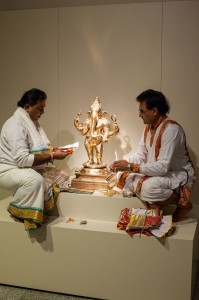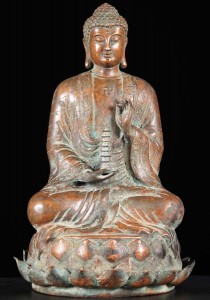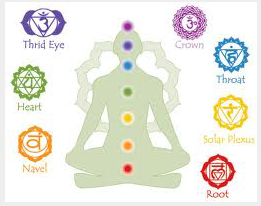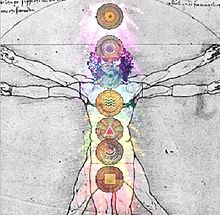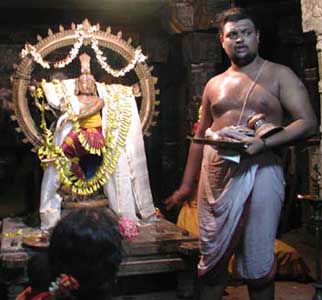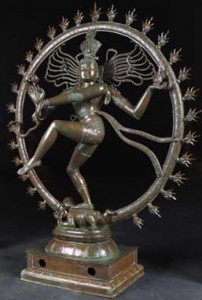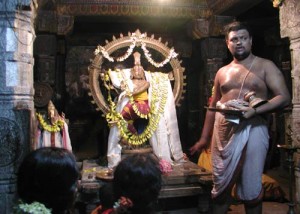
There are numerous forms of worship among Hindus, of which Puja is one of the more popular. The most widely accepted and followed system of Puja is the Shodasa – Upachara Puja, or 16 – Service worship.
The main purpose of this type of Puja is two-fold. Primarily it is to uplift the five senses of the worshiper and by doing so elevate him to a higher level of consciousness that will promote good thoughts and actions. Secondarily it draws upon the Indian traditions of honoring a guest, wherein each upachara is a service to the deity who takes presence in the sculpture for the duration of the Puja.
- Dhyaana – Meditating on the deity that is being invoked.
- Aavaahana – Inviting the deity into the altar.
- Aasana – Giving the deity a seat.
- Paadya – Washing the deity’s feet with clean water.
- Arghya – Offering the deity water to rinse hands and mouth.
- Aachamana – Offering the deity water to drink.
- Snaana – Bathing the deity with various auspicious items.
- Vasthra – Dressing the deity in clean clothes.
- Yagnopaveetha – Offering the deity a clean sacred thread.
- Gandha – Spreading fresh sandalwood paste on the deity.
- Pushpa – Offering fresh flowers while chanting the deity’s names.
- Dhoopa – Spreading incense smoke throughout the altar.
- Deepa – Waving a lamp to illuminate the freshly decorated deity.
- Naivedya – Offering the deity food.
- Taambula – Offering the deity a refreshing mix of betel nut and leaves.
- Pradakshina & Namaskara – Circumambulating the altar and bidding farewell to the deity.
Among these sixteen services, five hold more importance than the rest. Together these five services are referred to as the pancha – upacharas, and include gandha, pushpa, dhoopa, deepa, and naivedya. Collectively, these five services engage the five senses.
- Gandha – Touch
- Sandalwood paste cools the skin and is a natural insect repellant.
- Pushpa – Hearing
- The recitation of the deity’s names that accompanies each flower engages the ears.
- Dhoopa – Smell
- Incense envelops the entire temple with a refreshing fragrance for the nose.
- Deepa – Sight
- The lamp illuminates the deity and brings out the beauty of the icon to the eyes.
- Naivedya – Taste
- Food that has been offered to the deity is eaten and entices the taste buds.
